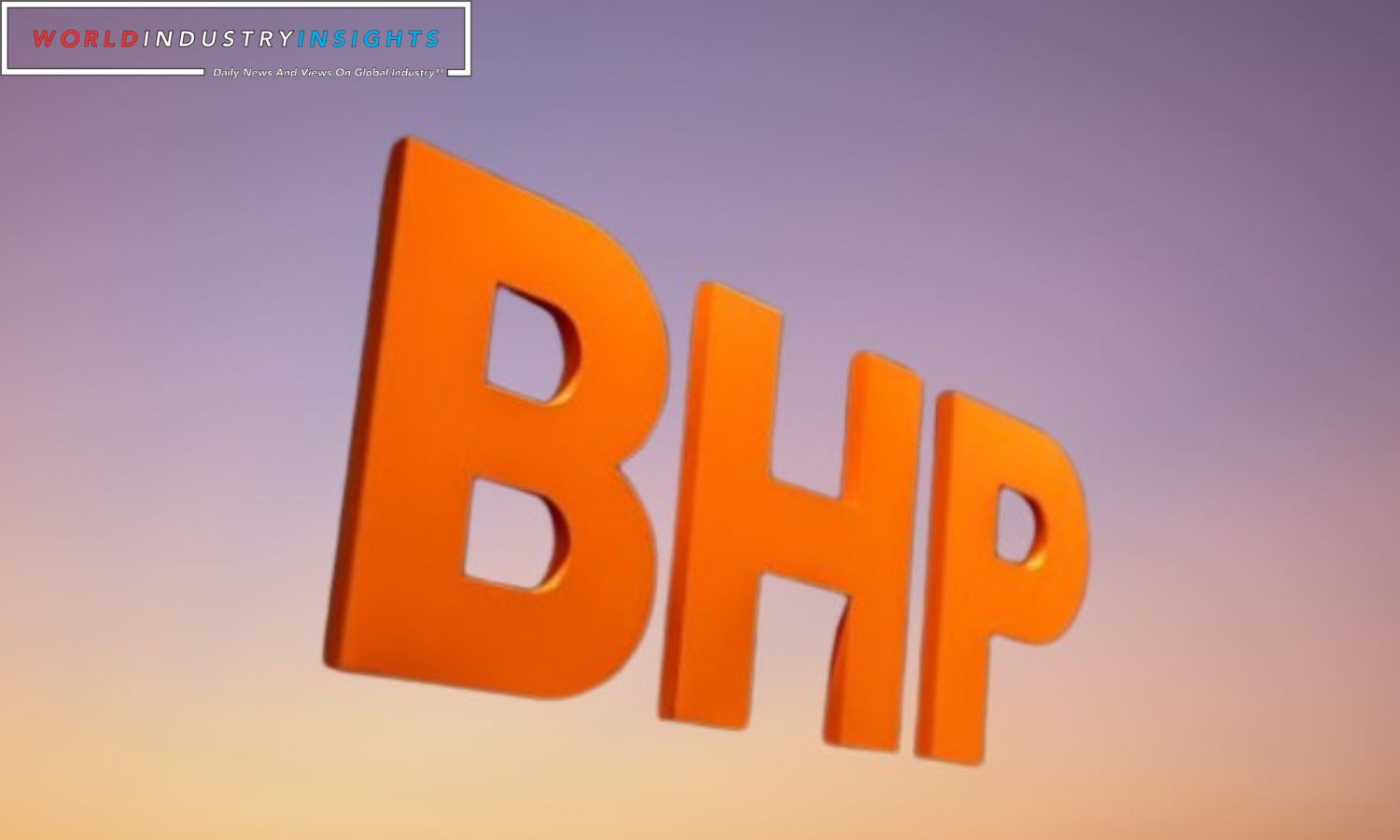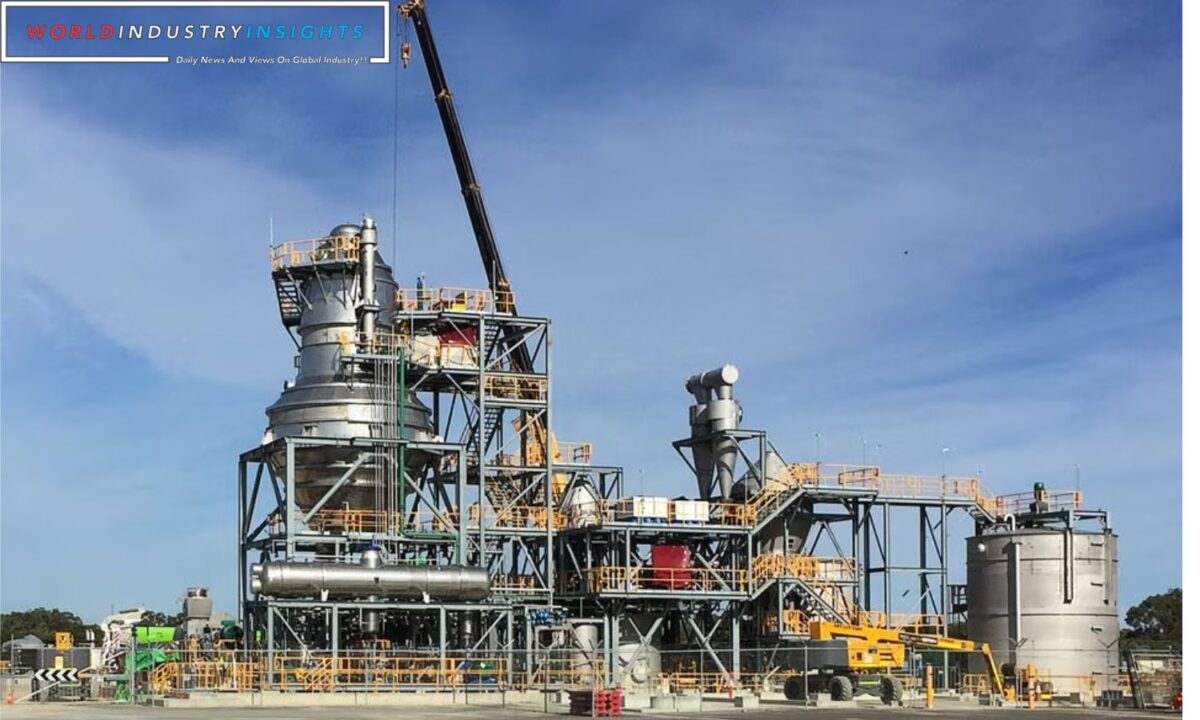BHP Financial Odyssey: BHP Group (BHP.AX) carefully dances inside the complex web of the global mining industry. It focuses on reducing costs with surgical precision, which is an obvious key to its growth. In a recent speech in the busy city of Melbourne, Johan van Jaarsveld, the chief development officer and the person who came up with this strategic revelation explained how this corporate symphony works.
Van Jaarsveld, who has been in the mining industry for a long time and knows how its cycles work, details patience as a strategic virtue and paints a vivid picture of a field where patience is not only a virtue but also a vital requirement. A depressing fact is that the waiting period could last a decade or longer. This is the time needed to catch the rare moment when market forces and the right price match up.
Van Jaarsveld advocates for fiscal restraint in a speech that is honest and full of financial wisdom, such as the work to cut the company’s costs by a massive 10%. Under the company’s control, this bold plan is worth a staggering $20 billion. It is backed by a statement that challenges the world’s financial history, asking smart people to find a similar case where such a huge amount of money was made through a complicated dance of mergers and acquisitions.
Due to its unwavering commitment to long-term profits, BHP acts as a watchful observer. At the same time, the allure of good opportunities rings through the lithium area. The story then moves on to how BHP plans to be the second-largest provider of nickel.
Also Read: BHP Group Analyzes China Economic Growth Amidst Lowest Annual Profit Since 2020
With an eye on the future, BHP explains how it plans to take over the nickel market. One of its goals is to produce 200,000 metric tons of nickel annually. With this ambitious goal in mind, BHP is on track to pass Russia’s Norilsk Nickel (GMKN.MM) as the leader in the field.
Australia’s operations make between 120,000 and 130,000 tons, and Tanzania’s Kabanga operations add another 60,000 to 70,000 tons. The strategic calculus says that nickel sulfides are the best type of ore because they are cheaper to process into higher-purity nickel. This gives BHP a strategic advantage over Indonesia, the world’s biggest supplier of nickel to the growing battery industry.
Van Jaarsveld, the smart leader of BHP’s strategic trip, is aware of the recent wild swings in LME nickel prices, including a shocking 36% drop. Unfazed, he says that the company carefully looks at its commodity projections yearly, showing its ability to change.
The fact that unexpected waves came from Indonesia, which makes the most nickel in the world, adds to the story of uncertainty on this industrial stage. Van Jaarsveld, on the other hand, says with stoic resolve that, for now, the company’s position on nickel remains a stable base. This is a testament to the firm resolve needed to navigate the different terrains of the global mining stage.


